With nearly 70 years’ worth of production under its belt, the Corvette is no stranger to innovation. In the GM design team’s continual bid for perfection, subsequent generations of the Corvette have been host to many unique features and functions, the likes of which have made the iconic American sports car a vehicle beyond imitation.
From subtle convenience features that graced the interior of early generations, to next-level, futuristic functions that have become a mainstay of the line within the past decade, virtually every Corvette ever built has offered its owner functionality and comfort that is second to none.
The following are some of the most unique, interesting, and unusual features found on the Corvette throughout its illustrious tenure as Chevrolet’s flagship brand.
Horn Ring Steering Wheel (1953-1955)
The first Corvette debuted to the public in 1953, to only modest reviews. Though the brand’s marketplace success lacked in its earliest days, some notable features made these cars unique. One of which was the early Corvette’s chrome horn ring that was affixed to the steering wheel. The ring itself encompassed the lower half, inner segment of the steering wheel, branching back inward to connect with the central horn button. However, this feature was not long-lived, as it was discontinued after the 1955 production year.
Another interesting fact regarding the earliest days of Corvette lineage had much to do with the 1953 year model’s color choices, or lack thereof. As it turns out, you could purchase a 1953 Corvette in any color scheme you desired, as long as it was a shade of Polo White. Similarly, Sportsmans Red was the only interior color offered that particular year as well.
Sting Ray Under Seat Storage (1963)
As the C1 generation drew to a close, the GM design team sought to develop the Corvette into the car they knew that it always could be. In these initial designs, the C2 Sting Ray was actually to include power seat adjustments. However, this idea was ultimately scrapped, and the depression that remained under the driver seat was converted into tool storage. This feature proved to be short-lived, as halfway through the 1963 production year, this storage compartment was eliminated.
While not necessarily a feature of functionality, the split window found in 1963 Sting Rays also warrants discussion. 1963 was the only year that such a design would be found on the Corvette, and if GM engineer Arkus-Duntov had gotten his way, such a development would have never come to fruition. As it turns out, Duntov was steadfast in his belief that a split-rear window came in poor taste. However, Chief of Design, Bill Mitchell received the final say so, and the rest is history.
Early C3 Removable Back Glass (1968-1972)
When the third-generation Corvette came onto the market in 1968, new strides had been made toward in-cabin ventilation. By this point, an “Astro-Ventilation” system became prominent, which routed fresh air from the cowl area into the car’s cabin and out through vents located in the C3’s interior. To take this ventilation one step further, the C3 was engineered to feature a removable back glass. While this feature was indeed unique, it did not last and was ultimately nixed at the conclusion of the 1972 production year.
Another interesting design element that the C3 Corvette featured was its hideaway windshield wipers. Much like the flip-up headlights of the C2, these windshield wipers were concealed by a panel that raised and lowered under vacuum control.
Seat Belt Cinch Mode (1984+)
When the C4 Corvette burst onto the scene in 1984, several technological advancements and features had made their way into the latest rendition of America’s sports car. One such feature was a cinch mode button for the seatbelt. If you decided to blow off steam and take your Corvette to the track, with the simple push of a button, you could lock your seat belt in place for a snug, harness-like ride. In more recent generations, the same can be accomplished by pulling your seat belt all of the ways out, before letting it retract into place.
A neat hidden gem of Corvette culture also can be found tucked away underneath the passenger side carpeting on late C4, as well as C5 convertibles. Stamped into the metal beneath the carpet are emblems portraying a baseball bat, hot dog, and an apple pie. This came as a direct reflection of the Corvette marketing campaign of the day, (Baseball, Hotdogs, Apple Pie, and Chevrolet).
C5 Corvette Multi-Stage Door Lock (1997-2004)
The C5 Corvette was known for being host to some unique features. One such example of this was the C5’s multi-stage door lock. Turning your key one notch will unlock the driver’s door, turning a second notch will unlock the passenger’s door, and turning the key a third notch will open the trunk. This is just one of the many fine convenience functions that were engineered into the C5.
However, this was far from the only updated design feature found on the C5 Corvette. Other additional points of interest included a blacklight illuminated instrument cluster, new soft touch interior compartment padding, and a relocated emergency brake.
C5 Passive-Entry Lockout Function (1997-2004)
Whether we are willing to admit it or not, we have almost all certainly locked our keys in our vehicle at one point in time or another. However, if you own a C5 Corvette, you do not have much of a problem on your hands at all. Upon realizing you have locked your keys in your C5, wait a few minutes, and then simply shake the car back and forth. It will unlock, letting you retrieve your keys.
The C5 Corvette was far from just a one trick pony, as it was a complete redesign over its previous C4 predecessor. Some of the most notable changes between generations were the inclusion of a rear mounted transaxle, the new LS1 V8, and hydro-formed frame rails.
Heads Up Display Shift Points (1998+)
It is no secret that the HUD was first found in aircraft, more specifically jets, many years ago. However, Corvette has taken the technology and made it their own. Beginning in the Corvette’s 5th generation, shift points have been displayed by the HUD for all manual shift cars. This assists the vehicle’s driver in knowing precisely when the time is right to grab the next gear, maximizing performance and efficiency.
However, shift points are not the only item of significance displayed by the Corvette’s HUD. The unit also relays data such as engine speed, gear position, and oil temperature. The HUD is touted by many as being one of the finest new features of the Corvette upon the C5’s release.
C6 Key Fob Receptacle (2005-2013)
In a world of push-button ignitions and other assorted functions that have antiquated the ignition cylinder keys of old, we are often left to wonder what is in store should our key fob’s battery go dead. GM engineers obviously thought this through during the design of the C6, as they included a receptacle that will allow your Corvette to start when the key fob is placed within, even if the fob’s batteries are dead.
This was a noteworthy design feature for the Corvette, as it served as a means of fail-safing the newly reconfigured ignition system. The C6 was the first generation of Corvette to forgo the use of an ignition cylinder, instead opting for a rocker switch ignition.
C6 Turn Signal Lane Change Feature (2005-2013)
Sixth generation Corvettes feature a unique function that allows drivers to signal their intention to change lanes, by simply manipulating the turn signal lever half-way in the direction in which they wish to signal. This causes the vehicle’s turn signal to flash a total of three times. The presence of this function eliminates the necessity for manually disabling turn signals upon completing a lane change.
Although not widely known, the C6 Corvette owes thanks for many of its technological advancements to the Cadillac XLR. A number of the C6’s features, such as the pocket transmitter key fob, were holdovers of tech used by the XLR.
C7 Wiper activated Headlights (2014-2019)
When designing the 7th generation Corvette, GM engineers implemented a feature that was not only helpful, but looked out for the safety of consumers as well. C7 Corvettes feature a function that automatically activates the vehicle’s headlights, whenever wiper functions are enabled. GM felt that it stood to reason that heavy rain could potentially signal a visibility issue, and therefore headlights should be simultaneously engaged as well.
Though creature comforts found on the C7 have certainly bolstered its popularity, little has drawn as much attention as the car’s tenacious performance. The C7’s LT1 small-block is capable of turning out an outstanding 450 HP and 450 ft./lbs. of torque.
C8 Front Lift System (2020)
When designing the 2020 C8, engineers figured out a way to thwart one of the Corvette’s biggest enemies, the speed bump. The purchase of an optional $1495.00 Front Lift System package, allows Corvette owners to raise the front end of their vehicle by two inches, in an attempt to avoid dragging over speed bumps. As if this isn’t enough, a C8’s owner will then be prompted to select whether or not they would like this location stored. Upon reaching a stored location, the C8’s front end will automatically raise without a driver being forced to intervene. Up to 1,000 locations can be stored simultaneously.
The vast number of far reaching functions that the C8 showcases is only a drop in the bucket to its overall appeal. Undeniably remarkable body lines and a powerplant that offers those that test its merit the thrill of their lives, couple well with the C8’s numerous amenities to create a performance car unlike anything to come before it.
C8 Stealth Mode (2020)
Another unique feature of the 2020 Corvette is the availability of an in-cabin stealth mode function. This feature allows drivers to minimize the brightness of, or otherwise blackout all readouts on the vehicle’s digital display other than the speedometer. This is of immense value when roads are unlit, and visibility lacks. Simply put your C8 in stealth mode, thereby avoiding blinding light from the dash itself.
This enhanced visibility will come as a welcome trait for drivers who seek to push their C8 to its limits on the track, even after the sun has dropped below the horizon. The C8’s LT2 powertrain is rated as producing 495 HP, and is capable of pulling off 0-60 MPH times of just under 3 seconds, meaning you will be having far too much fun to call it a day just because the sun has set.


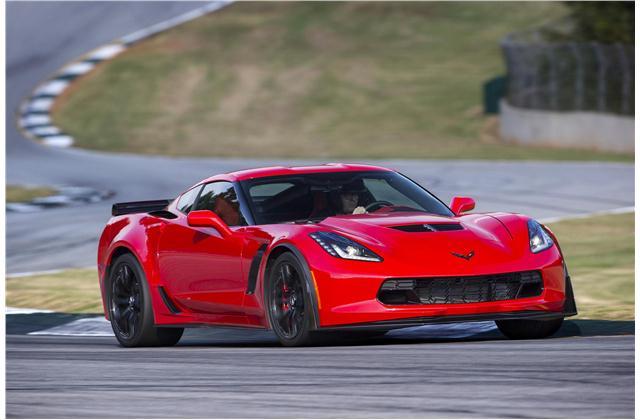
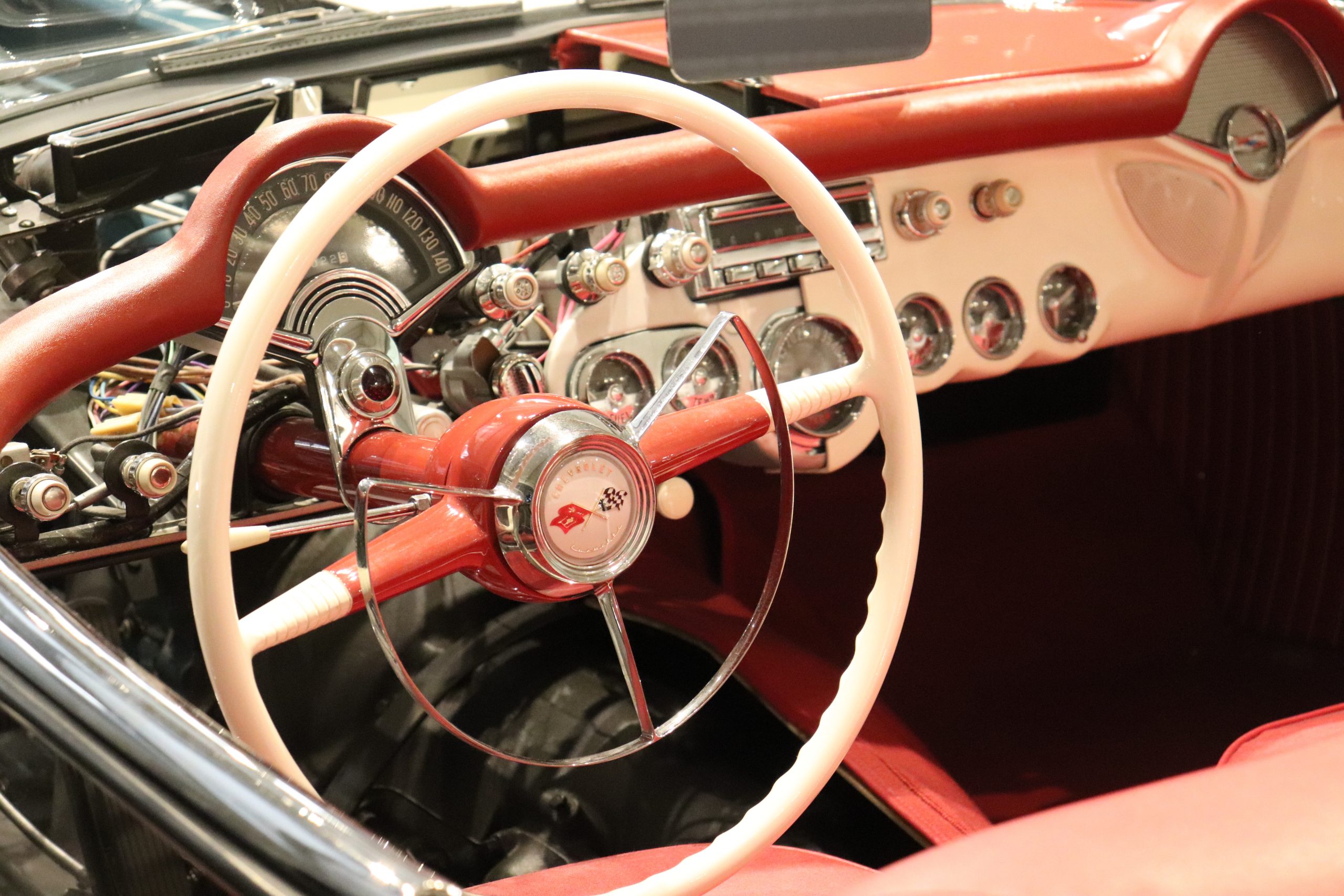
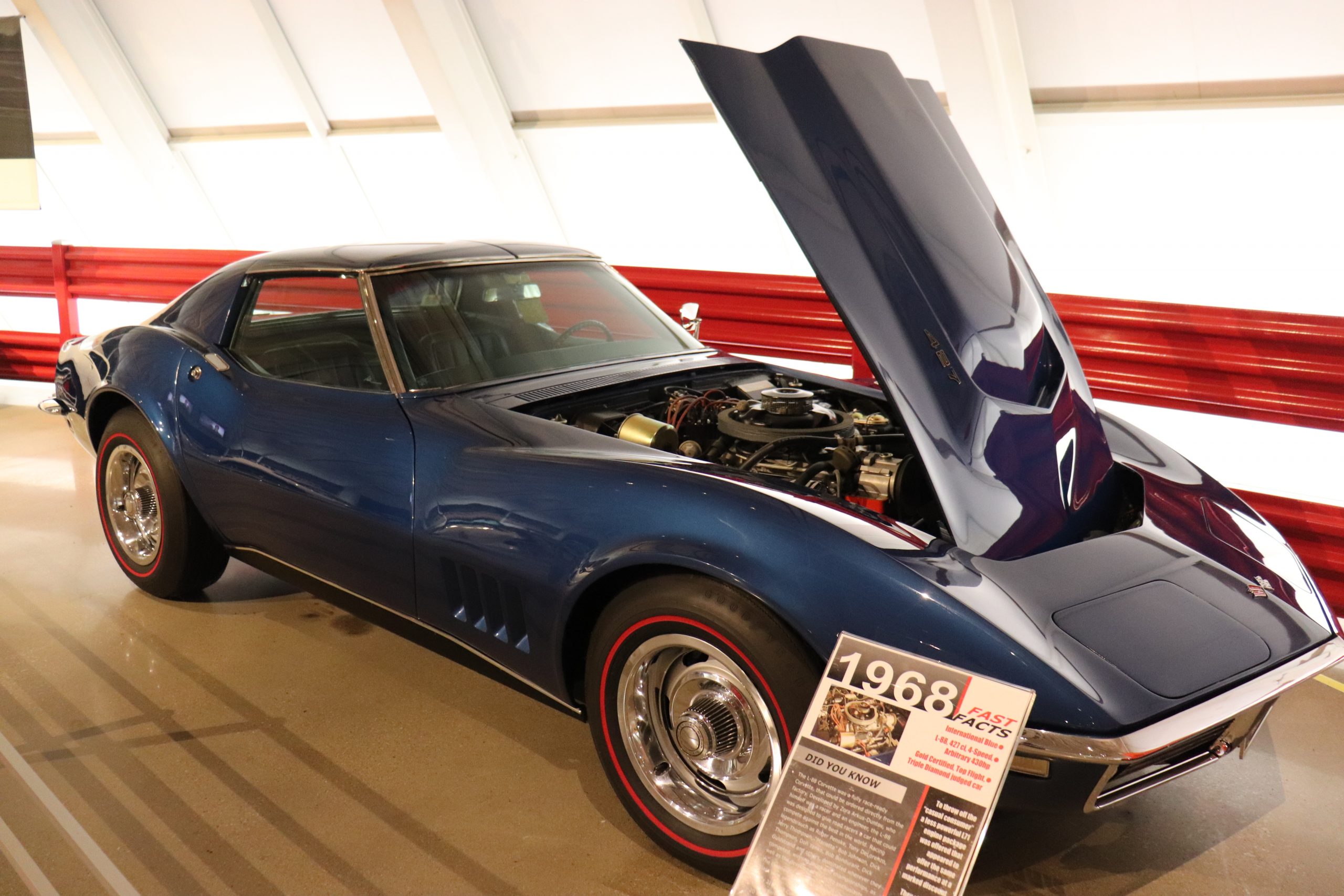
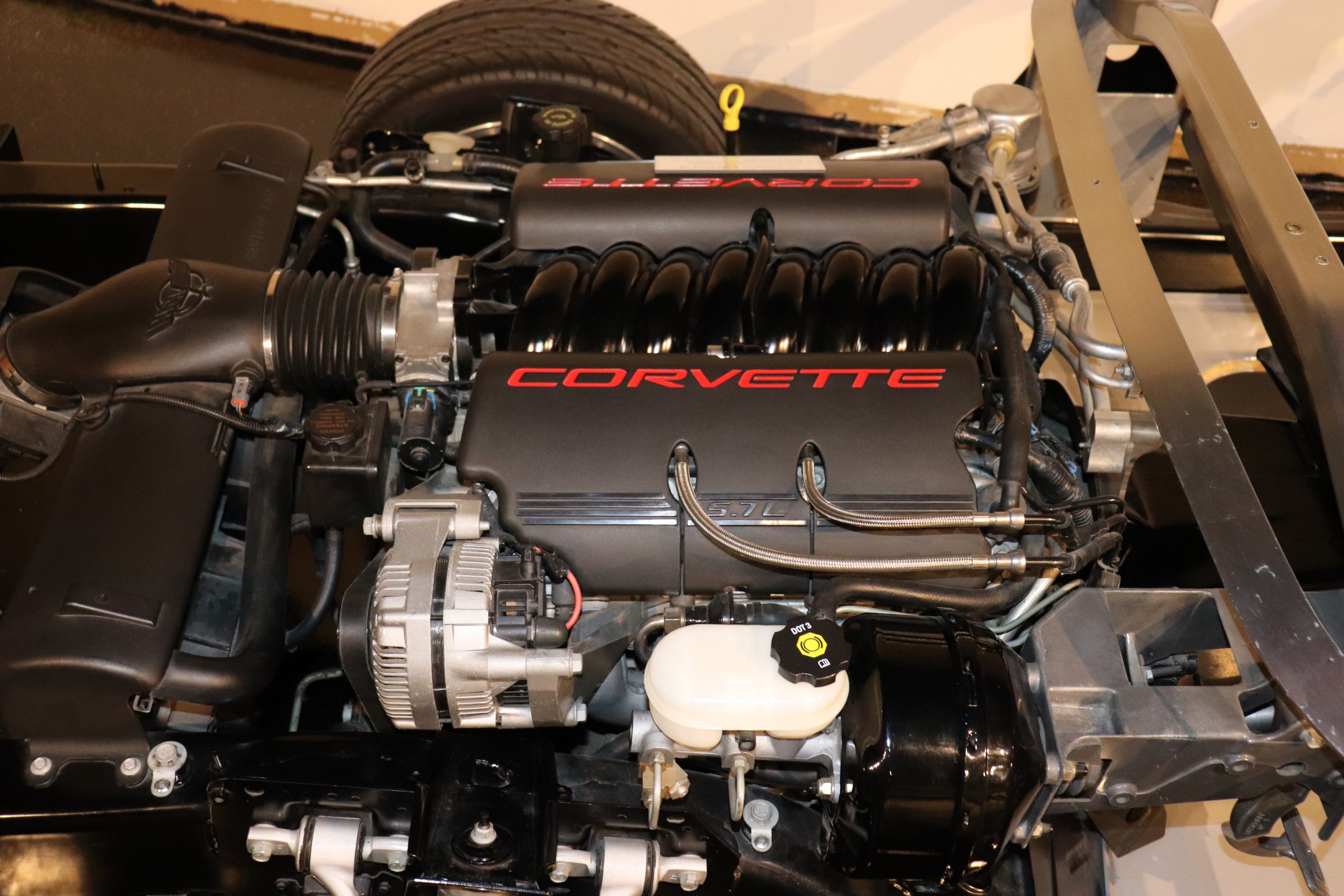
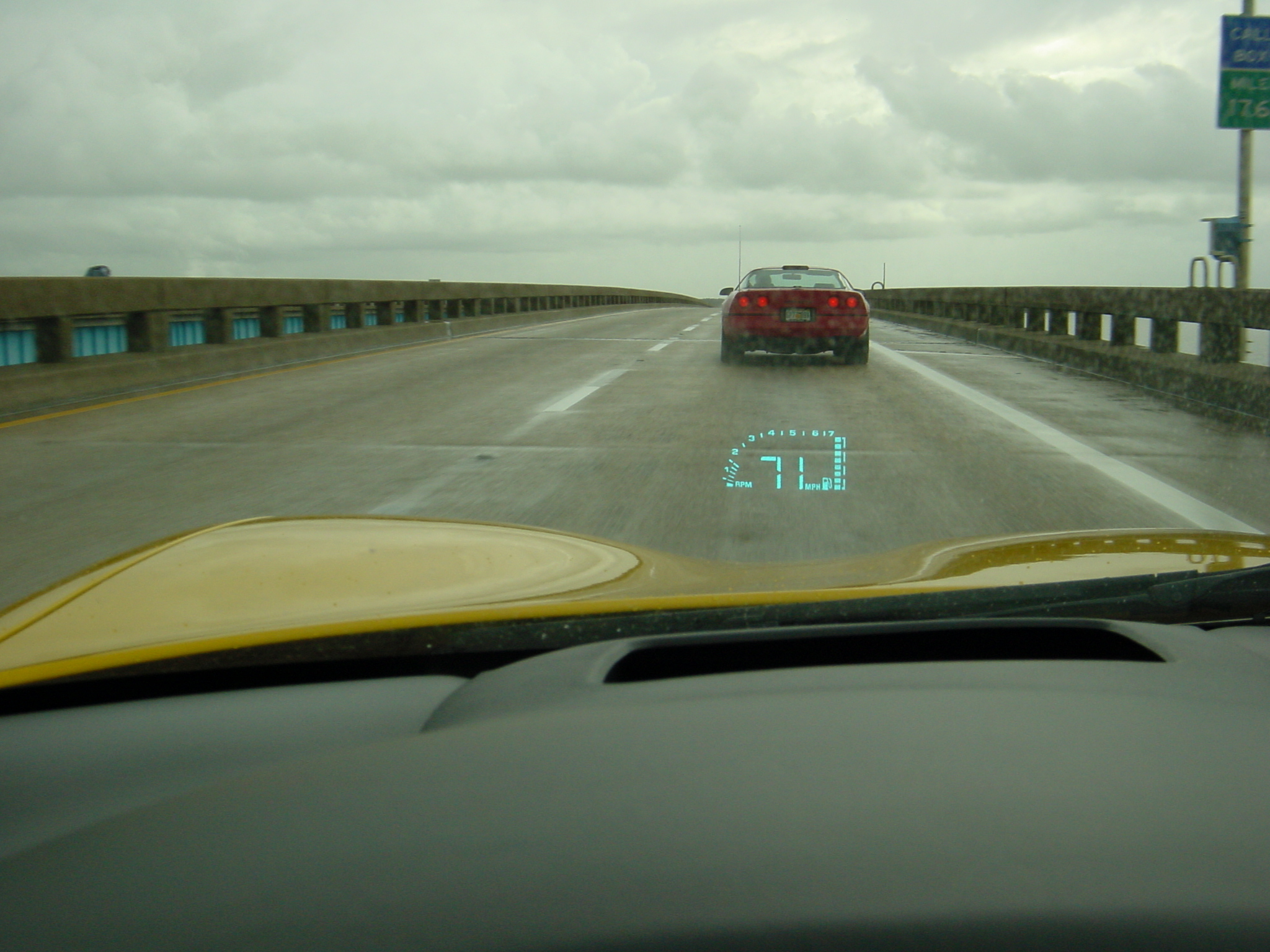
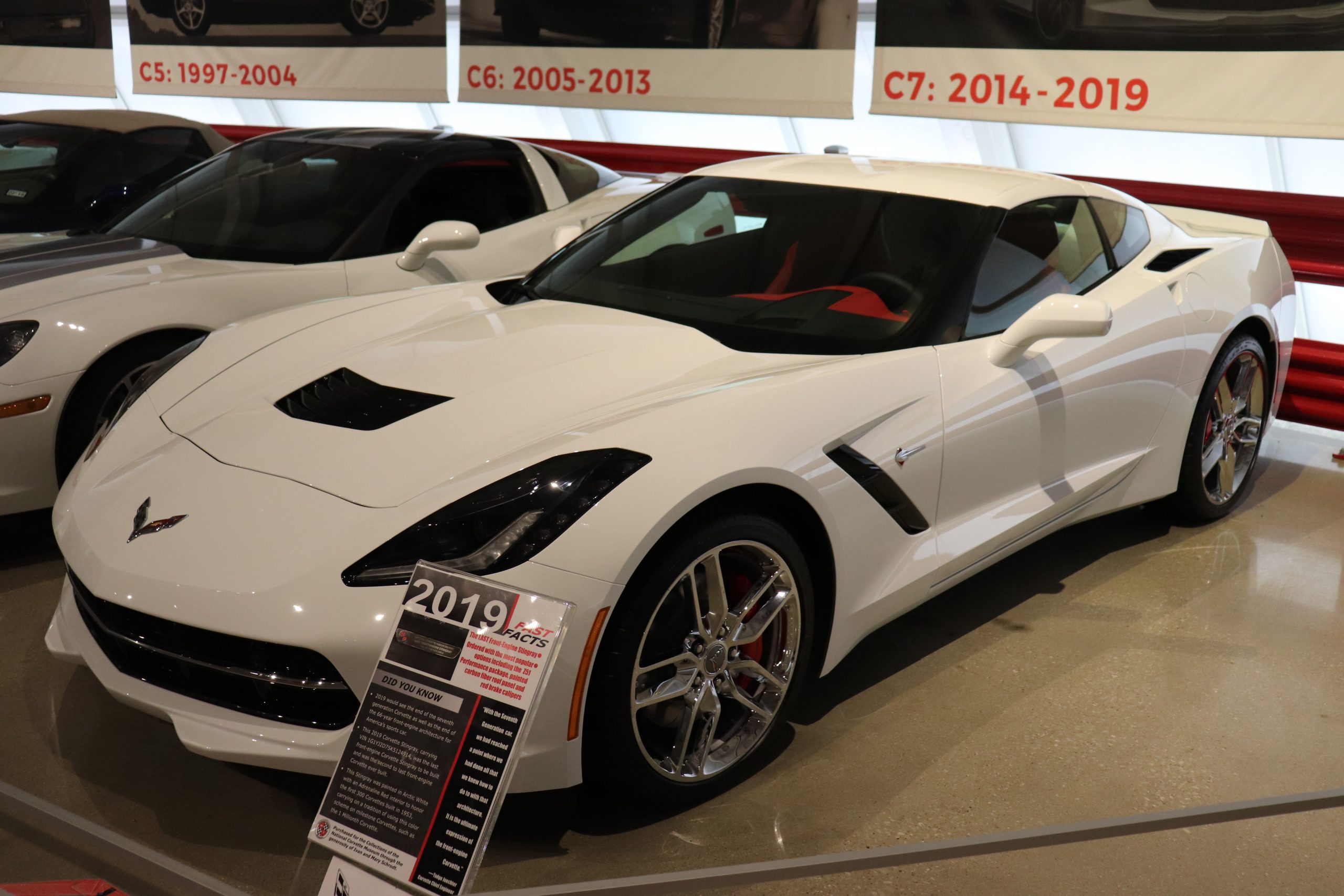

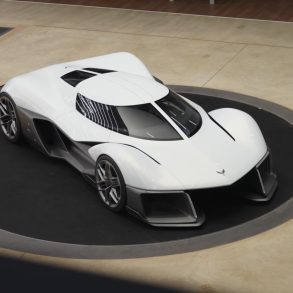
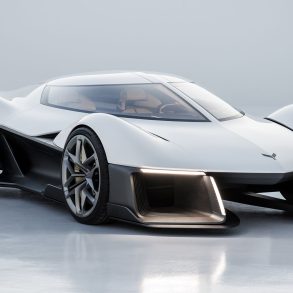

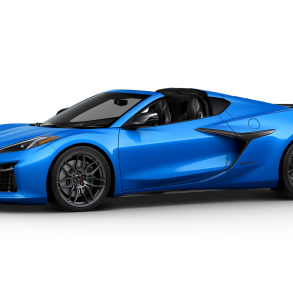

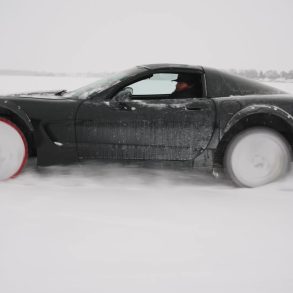


Been waiting two years for my corvette,
Cmon guys, really